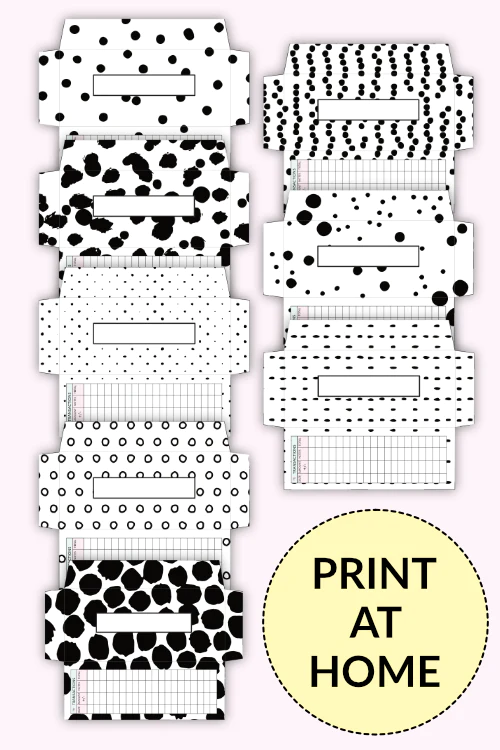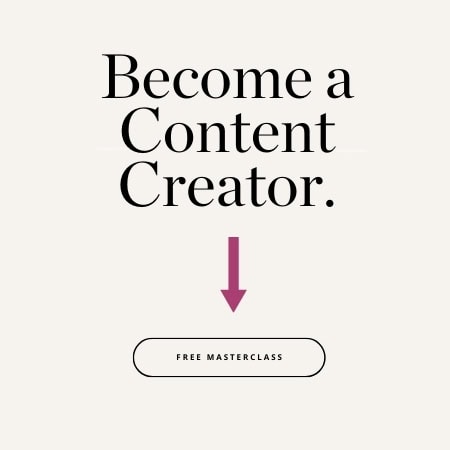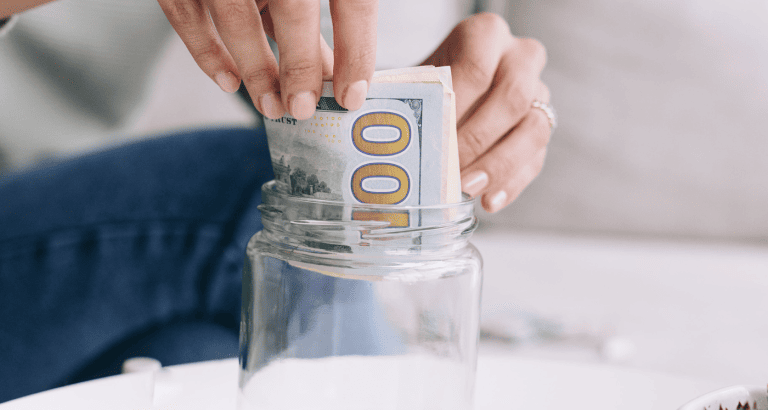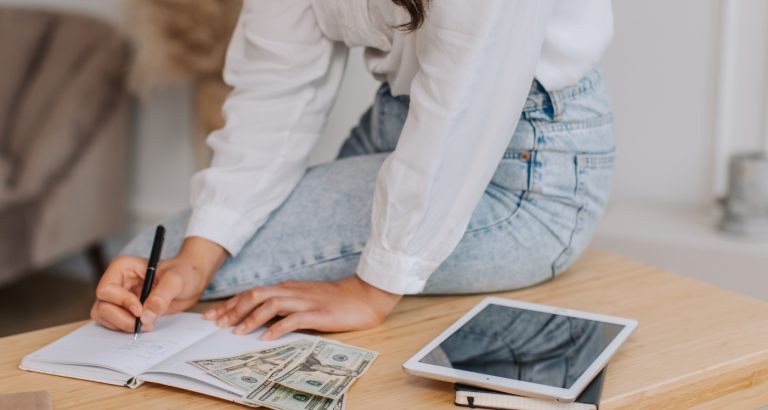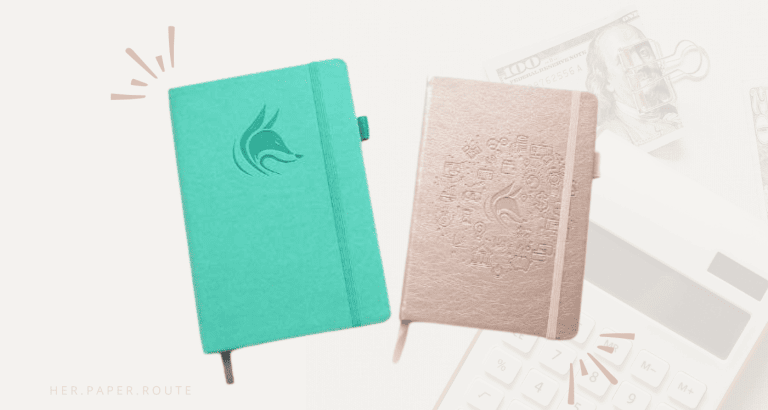Ultimate Beginner’s Guide To Starting The Cash Envelope Method
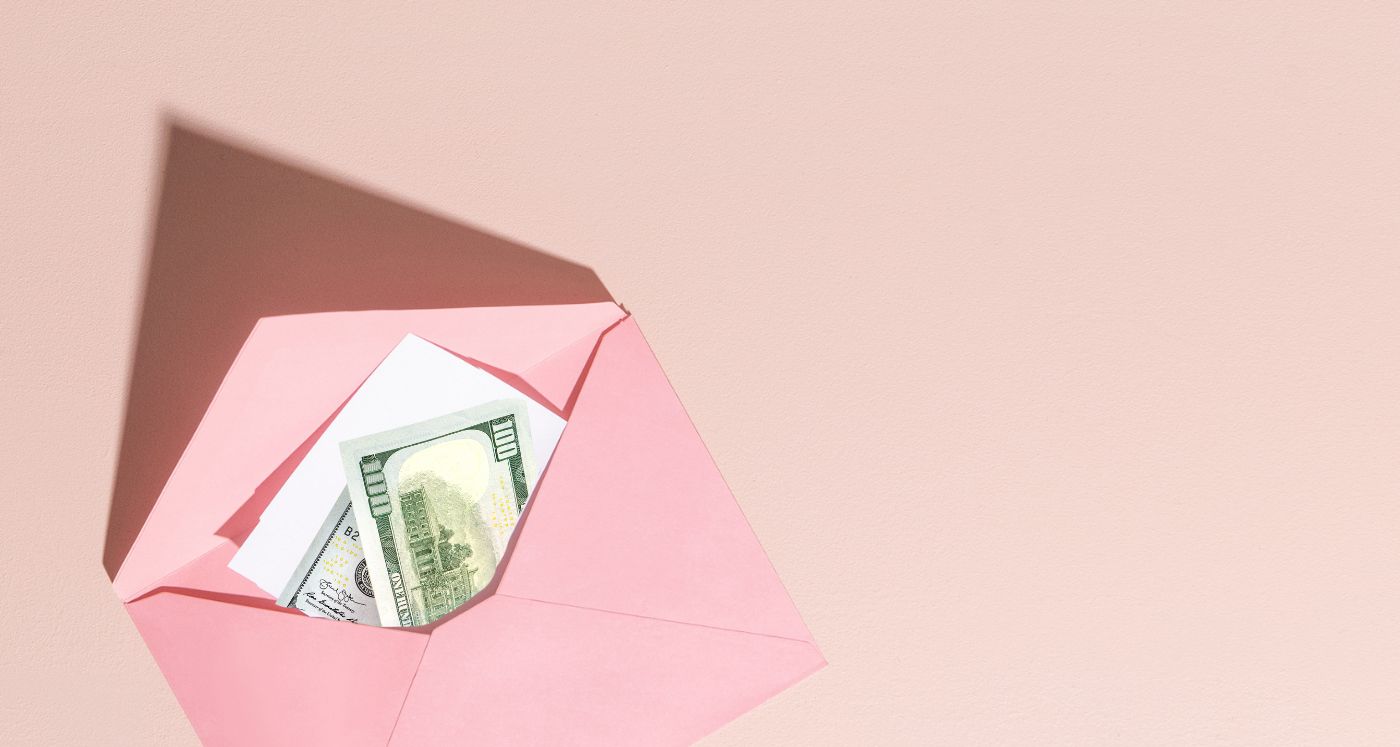
People tend to use their credit cards for shopping, traveling, and a wide array of reasons. As spending money becomes easier, you end up having huge bills at the end of the month.
You’ll find yourself with an empty bank account that will overburden you with debt and take a mental toll.
As an affiliate partner of various brands and sponsored content, HerPaperRoute may earn commission on qualifying purchases. Disclaimer
If this sounds like you, luckily there’s an easier way to stick to your budget.
The cash envelope system was a game-changer for my family and I think it’s the perfect way to start getting your budget on track.
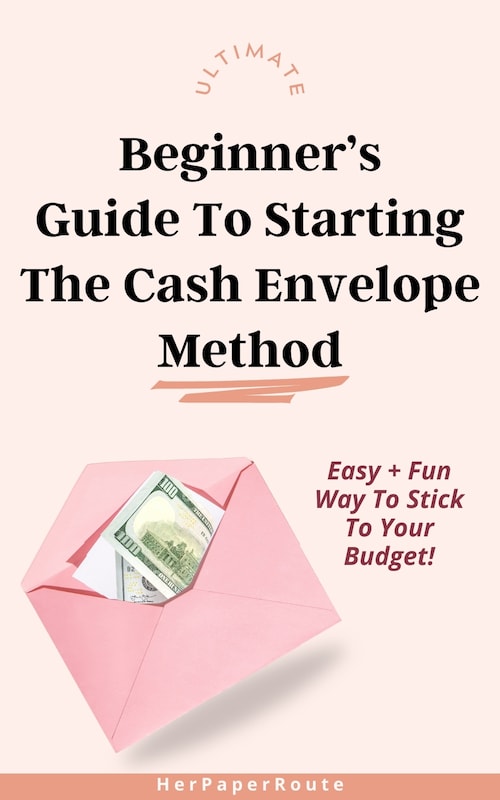
How To Start Using The Cash Envelope Method If You’re A Complete Beginner
This method involves a systematic way to pay the bills and save money at the same time. You will not end up spending recklessly like with your credit card or from your bank account.
With the cash envelope budgeting system, it’s possible to set what is required for bills aside and maintain your quality of life at the same time.
Below, I’ve written the ultimate beginner’s guide to starting the cash envelope system. It will walk you through how to start using this method as well as beginner tips that will make cash budgeting easier.
Who Should Use The Cash Envelope System?
This cash envelope system is a perfect choice for people who want to limit their reckless spending. Especially if you’ve been using credit and debit cards.
By having a physical, tangible item (cash), you’re more likely to feel the effects of spending. Creating this emotional response to spending is essential for people who tend to overspend when using credit and debit cards.
Benefits Of Cash Envelope Budgeting
Using cash envelopes has proven to be a great tool for many people. You not only gain control over your spending, but it’s easier to stay disciplined. Once the envelopes are empty, there’s nothing left to spend.
Below, I’ll go over the numerous benefits of starting this budgeting system.
1. Allows You To Spend
One of the reasons people don’t stick with a budget is that it’s too restrictive. They’re constantly focusing on not spending any money that it’s too stark a contrast from their money behavior before.
That’s what makes using cash envelopes different. You’re allowed to spend the money in the envelopes! That’s what it’s there for.
Cash makes it easier to see where the money is going every month. All of the money is divided up into the envelope categories at the beginning of the month so you know how much is allocated to each line item.
This proactively has you calculate your monthly expenses before you spend the money so you’re less likely to overspend. Your entire paycheck is planned out instead of trying to figure out your budget as you go.
2. Creates Your Emergency Fund
Since you’re now tracking where all your money is going, it’s far easier to start an emergency savings account. You can set aside a monthly amount into an envelope if you’d like.
As your emergency fund savings grows, you can transfer it to a bank account to start building a strong safety net. Having an emergency fund takes away a lot of the financial stressors families face.
A small money emergency can be covered with saved cash instead of becoming a life-altering event.
3. Avoids Wasting Money
Part of the popularity with the cash envelope system is that it offers transaction transparency. You can find out exactly where you are spending.
Before every purchase, you have to check your envelopes to see if the cash is there. As money starts to dwindle, you’ll think critically about those purchases that were automatic in the past.
Merely by eliminating a few purchases a week, you’ll be on much better financial footing. Not wasting money is equivalent to getting a raise at work. You’ll drastically cut down on frivolous purchases with this system.
4. Offers Accountability
This method does a great job of reminding you that you alone are responsible for your spending.
As mentioned above, when the envelope’s cash runs out, you will be more cautious and this will prevent overspending in the majority of the cases.
The envelope acts as your accountability partner. If there’s no money left inside, you’ve spent your budget max for that category.
An added benefit of being disciplined in your finances is that it will trickle down to other areas of your life. You may find yourself eating healthier and working out at home, both to save money and as a form of self-care.
5. Creates A Realistic Budget
When you’re spending your money willy nilly, you probably don’t have a firm grasp on how much you spend in each budget category. I know I didn’t.
Before doing this system, I’d guestimate I spent $300 a month on restaurants and food that weren’t groceries. This included morning coffees and work lunches as well as weekend nights out.
After sitting down and calculating, I was horrified to see that I spent over $800 every month on eating out. I never realized it because I didn’t track it.
I’d take out my credit card to pay. Honestly, after I signed the receipt, I couldn’t tell you what the meal amount was.
There was no real connection between that emotional center and my credit card. I never felt it. It wasn’t tangible to me.
Once the shock wore off, I was able to create a realistic version of a budget. If I had jumped straight to allocating $300 a month towards restaurants, I would’ve most likely failed and given up.
Instead, you need to understand where you are currently then slowly work towards your goal amounts. That first month, allocate $600, then $500 until you get down to your goal budget of $300 a month.
6. No Missed Payments
By planning out your money for the month, you’ll either set aside or make upfront payments for any bills. You’re not playing catch up.
Recurring bills need to be taken care of first for the cash envelope system to work. You have to know how much remaining cash you have in order to split it into your envelopes.
Since you’re not using credit or debit cards, you don’t have to keep track of receipts and worry about losing one. The cash acts as a secondary check.
Even if you forget to write down a purchase, the cash will still be gone, unlike with electronic transactions that can take a day or two to post.

Beginner’s Tips For Starting The Cash Envelope System
The following tips are things I found through trial and error that made cash envelope budgeting easier.
1. Monitor Expenses Before Starting
It’s a good idea to track your spending for a month before you start with cash envelopes. You can do this by checking electronic transactions, saving receipts, or even by creating a spreadsheet to keep track.
Tracking is an essential initial step in order to understand your financial habits and where you are currently in your budgeting.
Related: Learn how to easily create a budget
2. Categorize Expenses
Once you have monitored your expenses for a few weeks, it’s time to analyze your spending to find categories. These are going to be the categories you put in your budget.
Not all of the categories will become a cash envelope though. For example, there’s no reason to put cash into an envelope for utility bills and rent you can pay by direct deposit.
3. Set Category Limits
Once you have specified the categories for which the cash will be used, it’s time to set the limit for them.
It’s easiest to analyze the spreadsheet you created while monitoring the expenses. You may want to keep the amount you spend in some categories the same but decrease or increase the amounts in others.
On average, it takes 3-4 months for you to figure out your spending amounts for categories. Don’t be worried if you want to reassess and change them the first few months until you find what’s sustainable.
You can also decide whether you’d prefer to take out cash for the envelopes monthly, bimonthly, or weekly. Depending on the cash amounts, you may not want to have your entire grocery budget for the month sitting in cash all at once.
4. Experiment With Envelope Organization
Budget tight? You can opt for plain office envelopes to keep your cash.
If your budget has some more wiggle room, you can choose envelopes that are designed primarily for this method. There are even wallets specifically designed to hold cash envelopes.
As you gain more experience working with cash, you’ll have a better understanding of what you’re looking for in a system.
5. Don’t Take All Envelopes Everywhere
If bringing all of your envelopes with you makes you nervous, why not leave some at home? If you’re on a grocery store trip, you may know you won’t be spending from your entertainment budget.
For couples, it may make the most sense to have the main envelope categories at a central hub so that whichever one of you needs them, they can grab the envelope and return it when done.
How Many Cash Envelopes Should I Have?
In general, most people need 5-7 cash envelopes to cover their variable budget expenses.
Having too many envelopes makes it difficult to organize and take with you. Having too few could mean that you’re overlooking common spending categories and may overspend.
Fixed Expenses VS Variable Expenses
Remember that fixed expenses don’t need an envelope since those will be paid electronically by direct deposit.
Fixed expenses include rent, insurance, and utilities. Even though the heating and cooling bill may fluctuate monthly, it’s still a fixed expense since you can’t affect the price of the bill substantially.
Cash envelopes are made to be used only for variable expenses. These variable expenses are what you have control of month to month.
Yes, you need groceries but you can easily switch from buying name-brand convenience foods to less expensive bulk foods. This is why it’s categorized as a variable expense.
Related: The best sinking fund categories to use in your budget.
Recommended Cash Envelope Categories
As you go through your spending habits, you’ll see some trends. Typically you’ll spend money on the same categories, month after month.
Here are the cash envelope categories I recommend for beginners:
- Groceries
- Gas
- Restaurants
- Clothing
- Entertainment
- Self Care/Personal Items
Other categories may be helpful to have as sinking funds that you keep in envelopes you don’t carry around with you. These include:
- Pets
- Babysitter
- Fun Money
- Gifts (Birthday, Christmas, etc.)
- Medical Copays
- Car Maintenance
If your sinking fund is growing large or is not one you’ll use often then the best option is to put the money into a bank account. It’s not wise to keep envelopes with thousands of dollars in them laying around.
Related: 8 Unique Sinking Funds Tracker Printables to Stay Organized
Commonly Asked Questions
Here are some of the most frequently asked questions regarding an all-cash system.
What Do You Do If You Used A Debit Card?
At times, you may use your debit card out of convenience. In such cases, pull the cash from the specific category and deposit it back into your checking account.
Things pop up or you forget your cash envelopes at home. I know I’ve made it to the grocery store only to realize my husband had the envelopes with him.
Instead of driving all the way back home or abandoning the shopping trip, I got the essentials and paid for them using my debit card.
To prevent this from happening in the future, it may be easier to have one person in charge of grocery shopping so that they have that envelope all the time.
How To Use A Cash Method When Shopping Online?
If you know you typically buy things online, instead of taking out the entire amount of a category in cash, leave some behind in your bank account. You’ll need a spreadsheet or register in order to track this money.
If you only buy clothes online, you can decide to leave your entire clothing budget in your checking account. If you do grocery online shop & in-store pickup, then keep part of your grocery budget non-cash to pay for it electronically.
What Happens If You Spend All The Money In The Envelope Before The Next Paycheck?
If you have spent all the money you allocated to an envelope before your next payment cycle, you can always pull money from the other envelopes.
If you find that the other envelopes have also reached their spending limit, the best thing to do is to stop spending and make do with what you have.
If you don’t have enough money for bare essentials like food, you can withdraw some extra cash from the bank and return it once you get your next paycheck.
This should be a rare occurrence though. If it’s consistently happening, there is a problem with your budget or the amount you have allocated to your categories. Definitely reassess and figure out a way that this won’t happen again.
Can You Use A Digital Envelope System Instead?
Yes, this is a popular option, especially for couples or people who hate handling cash.
There are two ways to set up a digital envelope system:
- Use different bank accounts for each category
- An app that you can set up envelope categories
Both of these options mean you’ll need a debit card attached to them.
Related: Your Complete Guide to Setting Up a Digital Cash Envelope System
Electronic Bank Account Digital Envelopes
Some bank accounts will allow you to make sub-accounts or have multiple accounts with individual names. Just like with cash envelopes, you’ll need to create your budget and assign category amounts.
Pros:
- Never forget or lose your envelopes
- Easy for couples to access together
Cons:
- Easier to overspend without lack of tangible cash as a reminder
- Less mental connection to spending
Phone App Digital Envelopes
Two of the most popular budgeting apps that do this are EveryDollar and YouNeedABudget. These apps link to your bank account so you can see your transactions.
You can set up budget categories with amount limits. As transactions show up, you categorize them. That budget envelope will then update to show you how much you have remaining.
These apps also allow you to set savings goals and track long-term sinking funds.
Pros:
- Easy access from phone
- Easy for couples to access together
Cons:
- Sometimes a lag in transactions showing up
- Costs money to use
Easy Cash Budgeting Tutorial For Beginners -Conclusion
With a little adjustment, you can easily change your spending habits to be more mindful of your purchasing. Cash envelopes are a simple and cost-effective way to visually and tangibly control your money.
This budgeting system is easily tailored to fit your lifestyle through trial and error. It works for singles, couples, and families of any income level as long as you stay committed to it.
Let me know if you’ve tried cash envelope budgeting before and how you liked it.
Related Articles:
- Best Budget Planners That’re Fun To Use
- Review Of The Clever Fox Budget Planner VS Budget Book
- Christmas Budgeting Tips So You Don’t Overspend
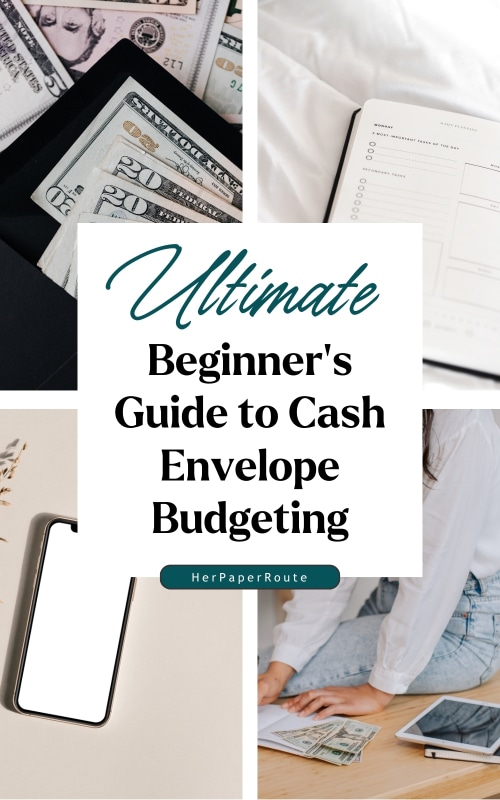
Follow along on Instagram!



